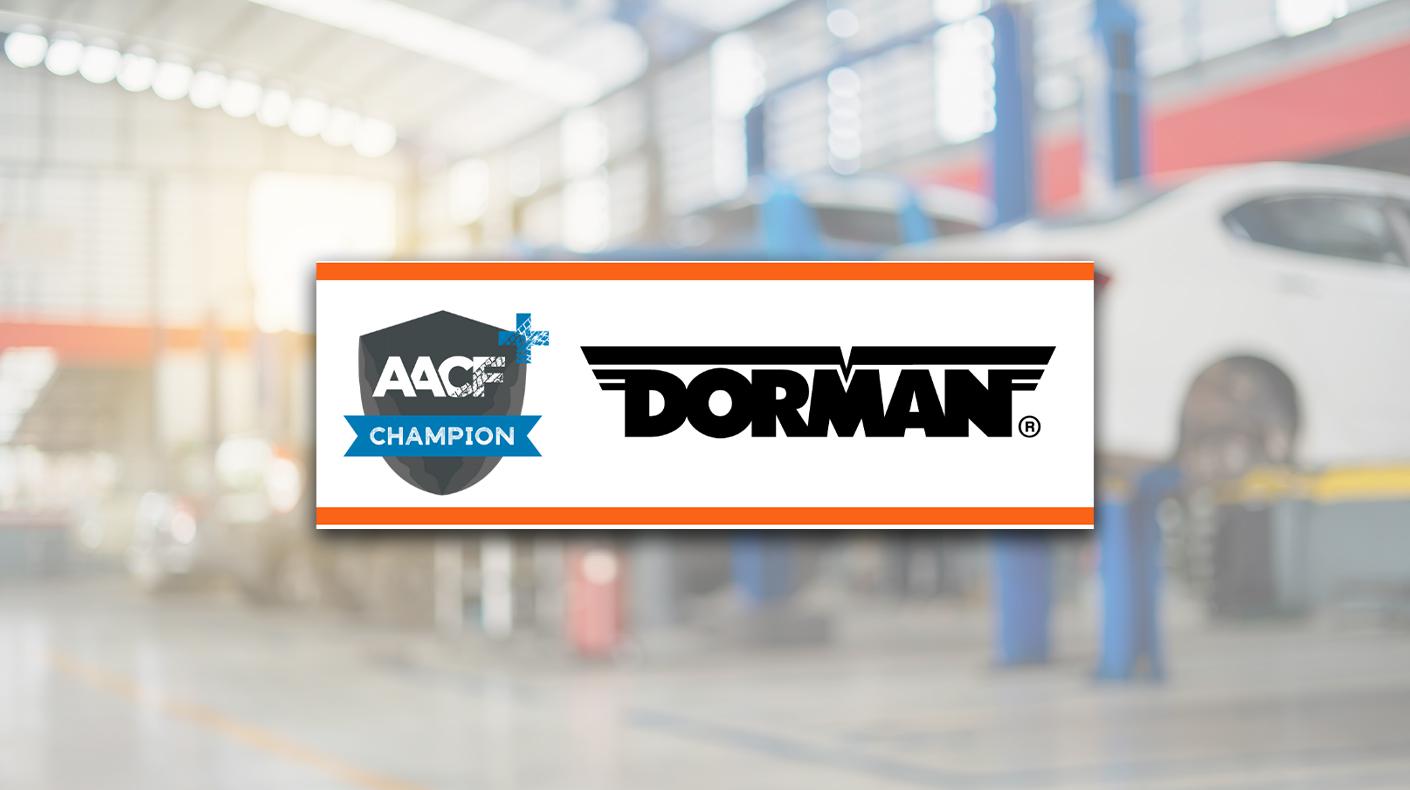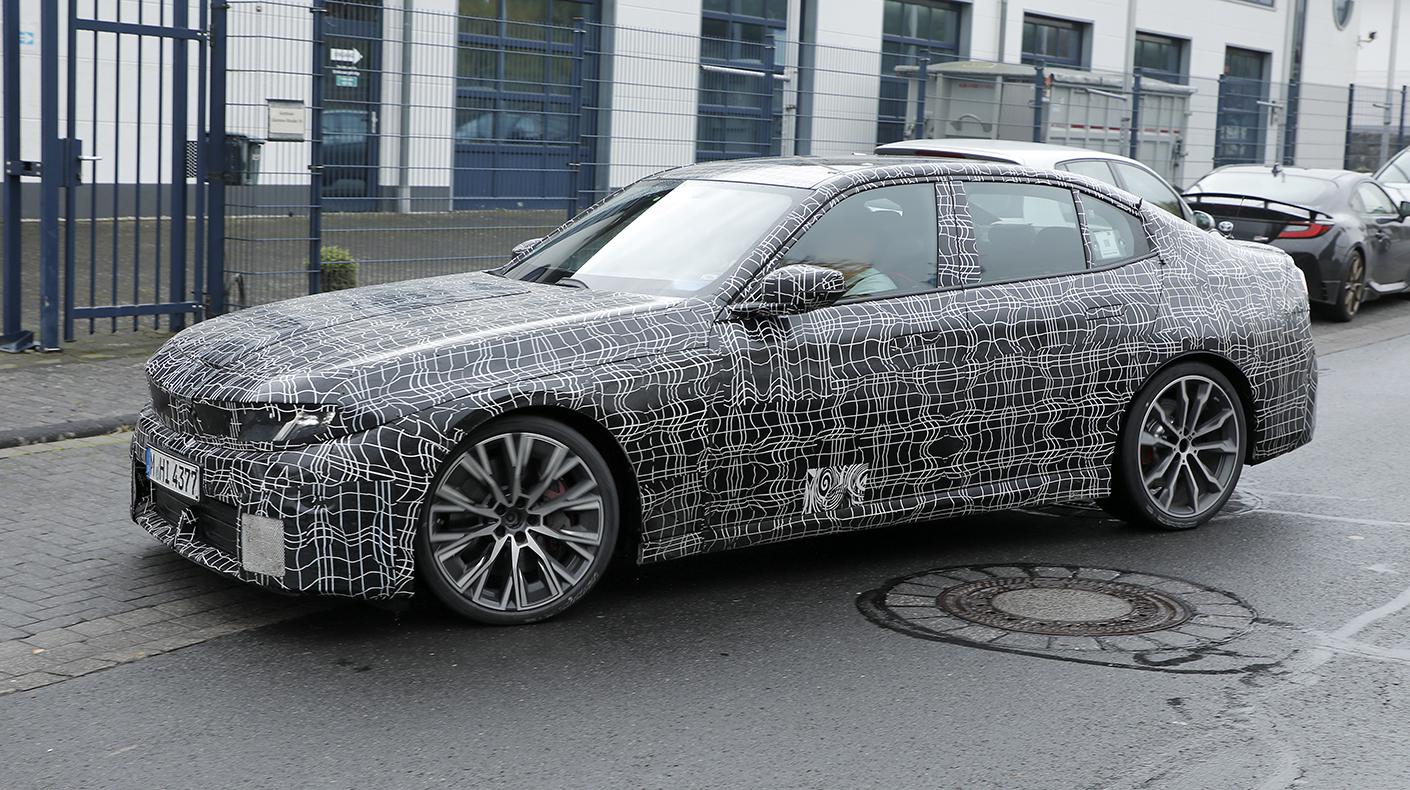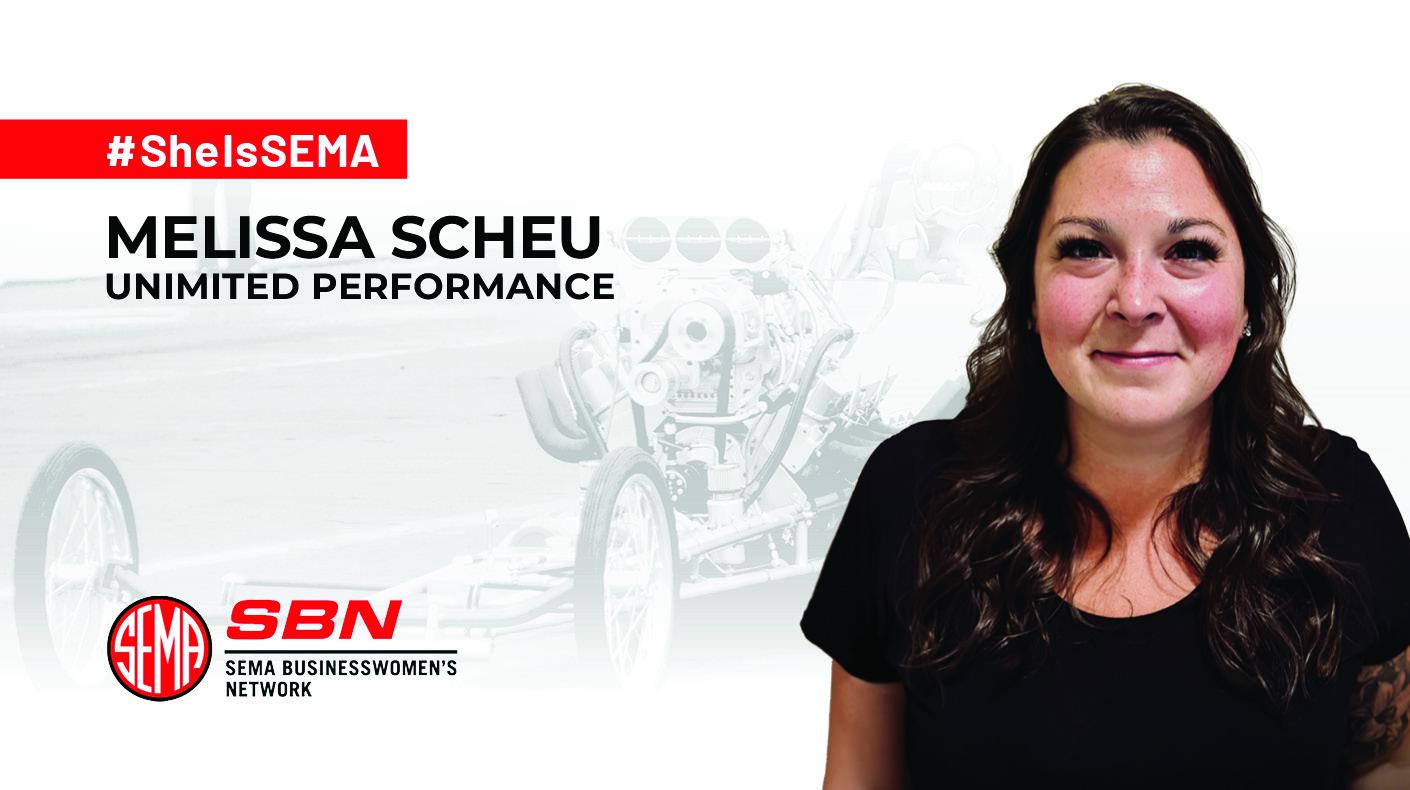Gas prices have increased on average $.35 between April 28 and May 26, according to the latest data from the U.S. Department of Energy. The sentiment towards the increase in energy costs has been compounded by economic woes and a housing market that's hurting. According to a recent survey commissioned by SEMA during the first week of May, the cost of gas could be a deciding factor in when to buy a specialty-equipment part.
SEMA asked automotive enthusiasts—subscribers to automotive enthusiast magazines and automotive website visitors—if the price of gas has caused a delay in the purchase of custom parts and accessories for their vehicle. Half of the respondents stated that it did, followed by 46% that said no, and 4% were unsure. This is probably because higher gas prices are causing a decrease in the amount of discretionary money that enthusiasts have available and it is taking more time to save for a specialty-equipment part.
However, the same survey showed that automotive enthusiasts would have to be paying on average $4.94 at the pump to curb their specialty-equipment purchases. The specialty-equipment industry relies heavily on discretionary income and the enthusiasts that have income available to them to modify their vehicles and make other lifestyle enhancements. The average household income was $96,700, with more than 20% of the sample making more than $105,000 per year, according to the survey.
The Energy Information Administration is projecting a decrease in consumer demand for fossil fuel products.
According to the Energy Information Administration website, U.S. consumption of liquid fuels and other petroleum is expected to decline in 2008 by about 190,000 barrels/day as a result of the economic slowdown and high petroleum prices. After accounting for increased ethanol use, U.S. petroleum consumption is projected to fall by 330,000 barrels/day in 2008.”
Usually in an open market, consumer demand dictates product prices. Fuel costs have followed a different trend. Prices have been increasing as demand decreases.
Automotive customization is often associated as a lifestyle habit for enthusiasts, one that continues to be fueled despite rising fuel costs. Many enthusiasts look at personalizing their vehicles as long-term investments in helping to increase the overall performance, fuel economy and appearance of their vehicles.
Increasing gas prices may alter driving habits and cause some consumers to hold off purchases until economic conditions improve, however.
For more original SEMA market research, visit www.sema.org/research.





